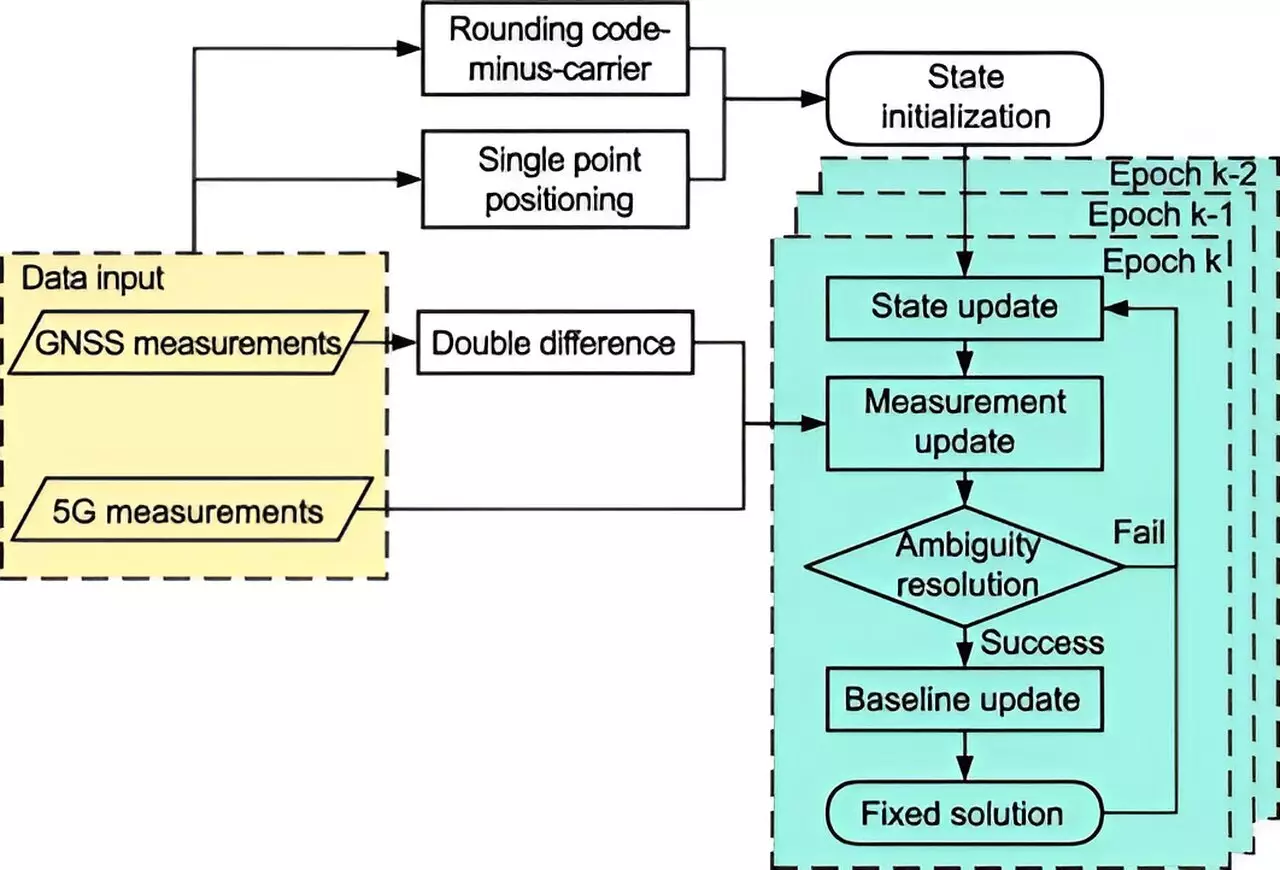Navigating through the intricate web of urban environments presents unique challenges for positioning systems based on Global Navigation Satellite Systems (GNSS). Traditional methods, particularly Real-Time Kinematic (RTK) systems, often falter due to signal blockages caused by skyscrapers and other infrastructural elements, leading to diminished accuracy and reliability. This situation underscores the urgent need for innovation in positioning technology capable of overcoming the significant interference prevalent in densely-built areas.
As the demand for precision increases in urban contexts, the existing solutions, including Wi-Fi and Bluetooth, have demonstrated limitations in effectively delivering the high levels of accuracy required. The advent of 5G technology represents a promising alternative, providing enhanced speed, bandwidth, and deployment density—attributes that may vastly improve positioning capabilities. Researchers and technologists are now focusing on methods that effectively blend these advanced communication networks with GNSS solutions to elevate urban navigation systems to a new level of performance.
One of the groundbreaking advancements in addressing the challenges of urban positioning comes from a study conducted by researchers at Tsinghua University. Published on August 26, 2024, in the journal Satellite Navigation, this innovative system integrates 5G technology with the BeiDou Navigation Satellite System (BDS), utilizing state-of-the-art algorithms like the extended Kalman filter and optimized ambiguity resolution techniques. This fusion of technologies presents a powerful response to the limitations inherent in traditional GNSS positioning.
By leveraging both 5G signals and conventional satellite data, the new RTK system demonstrates significant improvements in accuracy, particularly in crowded urban settings. As highlighted in the research, performance metrics indicate a remarkable 48% reduction in spatial errors when operating in full ambiguity resolution (FAR) mode, showcasing the strengths of this combined approach. Additionally, the fixing rates exhibited notable increases, hinting at the technology’s potential to enhance the reliability of location data.
The implications of 5G-enhanced BDS RTK positioning extend far beyond mere accuracy improvements. As Dr. Tengfei Wang of Tsinghua University aptly notes, the integration of 5G significantly enhances signal quality and visibility, thereby addressing long-standing urban navigation riddles. The solutions generated through this innovative research pave the way for reliable navigation systems in environments where conventional methods often fall short.
Moreover, the versatility of this technology unlocks new possibilities across various sectors. From autonomous vehicles to public safety systems, 5G-enhanced positioning can substantially improve operational efficiency and situational awareness in smart city initiatives. With the rapid deployment of 5G networks, the time is ripe for scaling these solutions across urban landscapes, enhancing service delivery and community safety.
The continuing evolution of this technology calls for further research and testing in diverse real-world scenarios, ensuring its optimal functionality in varied conditions. As urbanization continues to rise, integrating 5G with GNSS systems seems not only timely but essential for shaping the future of urban navigation. By overcoming existing challenges, this approach promises to deliver enhanced precision that meets the rigorous demands of modern society.

